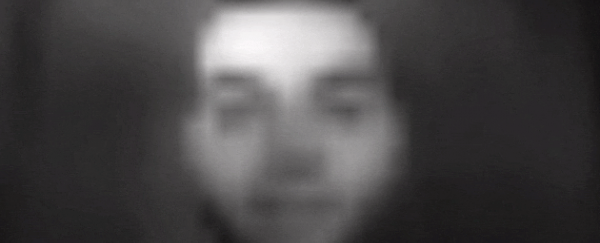Meet the world's first fully self-powered video camera, capable of recording creepy images of a person's head and occasionally gaping mouth for eternity. Well, technically, until the parts wear down, but theoretically, this device can film forever thanks to an internal mechanism that keeps charged at all times.
Invented by researchers at Columbia University's Computer Vision Laboratory in the US, the prototype has been built upon one very simple concept: digital cameras and solar panels might have very different purposes - one measures light to create images, the other converts light to electricity - but they both use roughly the same technology and components to achieve this. Combine the two and what have you got? A perpetual recording device that doesn't require any batteries or external power supply… as long as it's near a steady stream of light.
"A few different designs for image sensors that can harvest energy have been proposed in the past," lead researcher, Shree K. Nayar, said in a press release. "However, our prototype is the first demonstration of a fully self-powered video camera."
The key to the new video camera is a semiconductor device called a photodiode, which allows it to switch between the two sensor functions - photoconductive for capturing images, and photovoltaic for charging up the camera. The camera had to be initially powered-up using a 2.74 V external power source, but after that, it's all on its own.
The researchers describe the technology on their website:
"A sensor architecture is developed where, during each image capture cycle, the pixels are used first to record and read out the image and then used to harvest energy and charge the sensor's power supply.
We have conducted several experiments using off-the-shelf discrete components to validate the practical feasibility of our approach. We first developed a single pixel based on our design and used it to physically scan images of scenes. Next, we developed a fully self-powered camera that produces 30×40 images."
It may not produce the best-looking picture, but it's enough to set up in the jungle to monitor elusive wildlife, or use as a security camera, or perhaps we could install one on another planet to keep an eye on things.
"Even though we've used off-the-shelf components to demonstrate our design, our sensor architecture easily lends itself to a compact solid-state imaging chip," said Nayar. "We believe our results are a significant step forward in developing an entirely new generation of cameras that can function for a very long duration - ideally, forever - without being externally powered."
